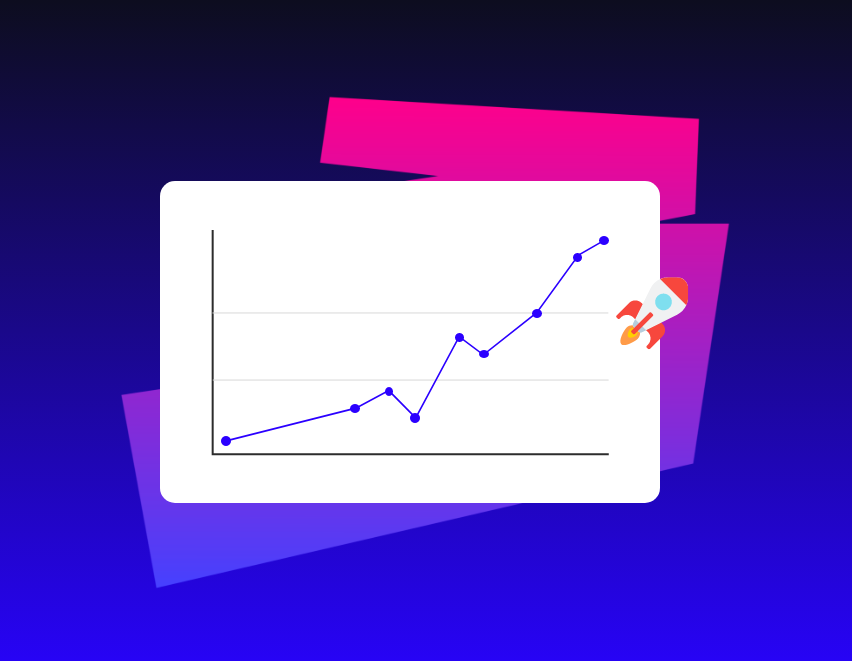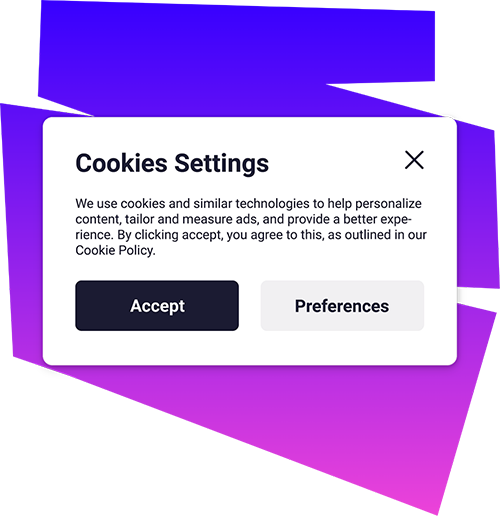If you’re looking to boost sales or enhance your brand awareness initiatives, email marketing should be at the top of your list. To streamline your campaigns, choosing the best email marketing solution for your business needs is crucial. These email automation tools can help you grow your audience, engage with your customers, and ultimately scale your business.
Here, we’ve listed the top-performing email marketing solutions for brands, reviewing their functionality, affordability, and overall pros and cons to help you find what best suits your needs.
Choosing the best email marketing software for your business
With so many platforms offering similar features, it can be difficult to choose the right tool suitable for your needs.
Here’s what to look for when choosing an email marketing software:
- Affordable pricing: Massive bills can slow down growth. Look for platforms that offer good value, free plans, or trials so you can find what works for you.
- Ease of use: The platform should be user-friendly for beginners and experts alike. Drag-and-drop editors are especially helpful.
- Email automation: Automation features are important for creating seamless customer journeys. Pre-built templates and workflows save time and improve customer engagement.
- Audience segmentation: The ability to segment your email lists helps you target different customer groups effectively, improving engagement and conversions.
- Integrations: Ensure the platform integrates well with your existing tech stack, whether it’s Shopify, WooCommerce, or your CRM.
- Transactional emails: Sending triggered emails after customer actions (such as purchases) reassures customers and improves the post-purchase experience.
- Customer support: 24/7 support is essential, especially during high-sales seasons when you can’t afford downtime or issues with your campaigns.
Top-rated email marketing platforms by use case: features and pricing
We’ve compared the top email marketing services, highlighting their features, pros and cons, and pricing.
| Platform | Free plan/Trial | Pricing | Best feature |
| Klaviyo | Yes | £20/month | Dynamic content based on customer behaviour |
| Mailchimp | Yes (Limited) | £10/month | Pre-made customer journeys |
| ActiveCampaign | 14-day trial | £25/month | Advanced automated workflows |
| Omnisend | Yes (Limited) | £16/month | Automatic branding for emails and popups |
| Constant Contact | 14-day trial | £9.99/month | Event marketing features |
| HubSpot | Yes | £38/month | In-depth analytics and CRM integration |
Klaviyo
Best for: Businesses with a focus on advanced segmentation and automation.
Key features
- Robust integration with Shopify, WooCommerce, and other e-commerce platforms.
- Advanced segmentation tools for targeting specific customer behaviours.
- Pre-built templates for abandoned carts, product recommendations, and more.
Pros
- Excellent for personalisation and customer journeys.
- High deliverability and detailed analytics.
Cons
- Pricing can increase rapidly as your contact list grows.
- A steeper learning curve for beginners.
Pricing
Free plan for up to 250 contacts.
Paid plans start at £20/month, depending on the number of contacts.
Our verdict: Klaviyo is an excellent choice for e-commerce businesses looking for powerful automation and detailed customer insights. It’s one of the best options for scaling and growing your online store.
HubSpot
Best for: Large businesses looking for an all-in-one marketing, sales, and CRM solution.
Key features
- Built-in CRM with email marketing and automation.
- A/B testing and detailed analytics for optimising campaigns.
- Integration with Shopify and other major platforms.
Pros
- Comprehensive features that go beyond email marketing.
- Excellent for inbound marketing and detailed reporting.
Cons
- Pricing can be steep, especially for smaller businesses.
- The platform can be complex for beginners.
Pricing
Free plan available with limited features.
Paid plans start at £38/month.
Our verdict: HubSpot is a powerful tool for larger businesses or those heavily focused on inbound marketing. Its CRM, detailed analytics, and automation make it a fantastic all-in-one solution, though its cost may be a consideration for smaller businesses.
Mailchimp
Best for: Small businesses and entrepreneurs looking for a flexible and user-friendly platform.
Key features
- Easy-to-use drag-and-drop email builder.
- Pre-made customer journeys and automation workflows.
- Integration with Shopify, WordPress, and other platforms.
Pros
- Ideal for beginners, with a straightforward interface.
- Affordable pricing for small businesses.
Cons
- Limited automation features compared to more advanced tools.
- Some issues with email deliverability at scale.
Pricing
Free plan for up to 500 contacts.
Paid plans start at £10/month.
Our verdict: Mailchimp remains one of the best platforms for smaller businesses. It’s flexible, affordable, and a great starting point for those new to email marketing.
ActiveCampaign
Best for: Businesses that require advanced automation and detailed customer journeys.
Key features
- Visual automation builder for detailed workflows.
- Integration with over 850 apps, including Shopify and WooCommerce.
- SMS and email automation for multi-channel marketing.
Pros
- Powerful automation tools.
- Affordable pricing for businesses scaling their email campaigns.
Cons
- Steeper learning curve compared to beginner-friendly platforms.
- Limited design templates.
Pricing
14-day free trial available.
Paid plans start at £25/month.
Our verdict: If you’re looking for advanced automation features and have the time to master the platform, ActiveCampaign offers one of the best value-for-money solutions for growing businesses.
Omnisend
Best for: Businesses looking for a unified email and SMS marketing platform.
Key features
- Multi-channel marketing via email, SMS, and push notifications.
- Pre-built workflows for abandoned carts, order confirmations, and more.
- Easy integration with major e-commerce platforms.
Pros
- Ideal for e-commerce brands with multi-channel marketing needs.
- Simple to use with excellent automation features.
Cons
- Fewer advanced features for non-e-commerce businesses.
- SMS credits are not included in the base plan.
Pricing
Free plan for up to 250 contacts.
Paid plans start at £16/month.
Our verdict: Omnisend is an excellent choice for e-commerce brands, especially those looking to unify their marketing across email, SMS, and web push. Its automation and segmentation tools make it a valuable asset for driving sales.
Constant Contact
Best for: Small businesses and event marketers looking for a straightforward email marketing solution.
Key features
- Customisable drag-and-drop email editor.
- Event marketing tools with registration forms.
- A/B testing and list segmentation for targeted campaigns.
Pros
- Great for event-based marketing.
- Easy to use, with good customer support.
Cons
- Fewer automation features than competitors.
- Pricing can be higher for advanced tools.
Pricing
14-day free trial available.
Paid plans start at £9.99/month.
Our Verdict: Constant Contact is an ideal platform for small businesses with specific marketing needs, especially for events. It’s easy to use and offers solid support, but lacks some of the advanced features of other automation tools.
Final thoughts
Finding the best email marketing platform for your business depends on your specific needs. For advanced automation and e-commerce integration, Klaviyo and Omnisend stand out. Small businesses will find Mailchimp and Constant Contact user-friendly and affordable, while businesses that need more sophisticated workflows could look at ActiveCampaign. If you’re looking for an all-in-one solution, HubSpot is hard to beat.
Investing in the right email marketing tool will ensure your campaigns are optimised, helping you to engage with your audience, convert more leads, and grow your business.



























